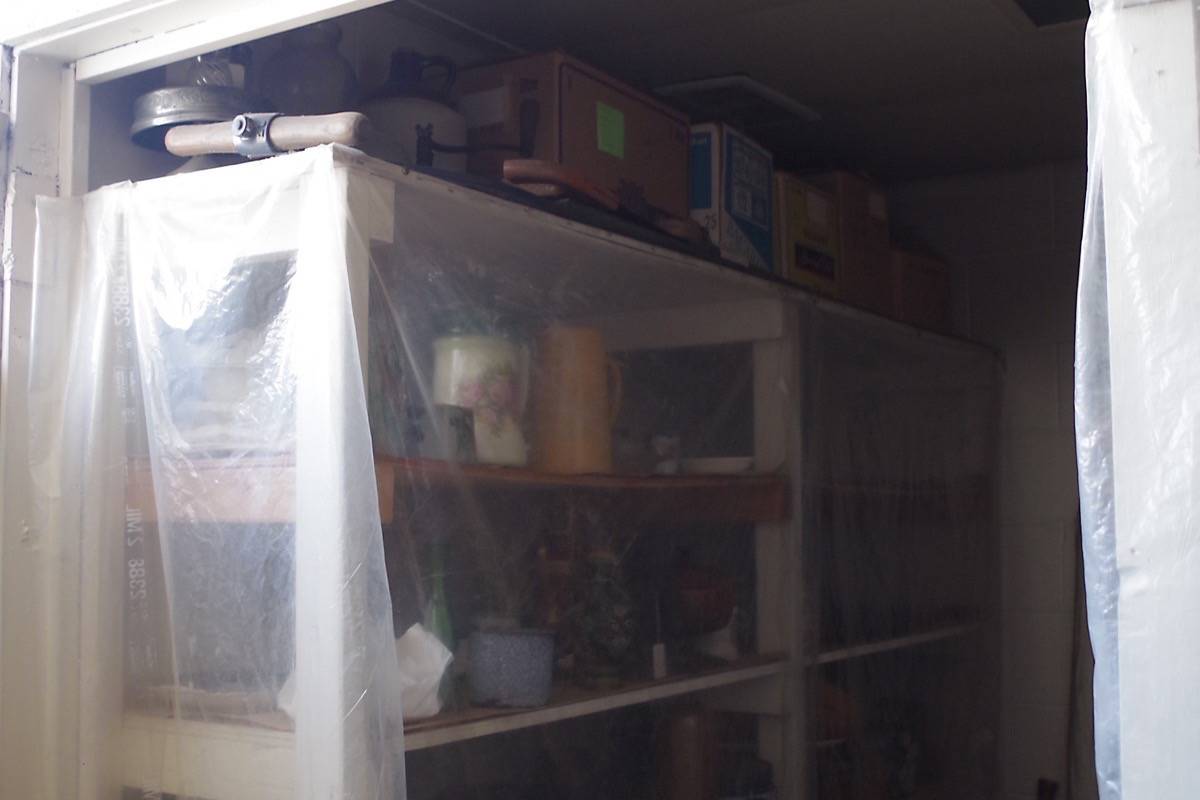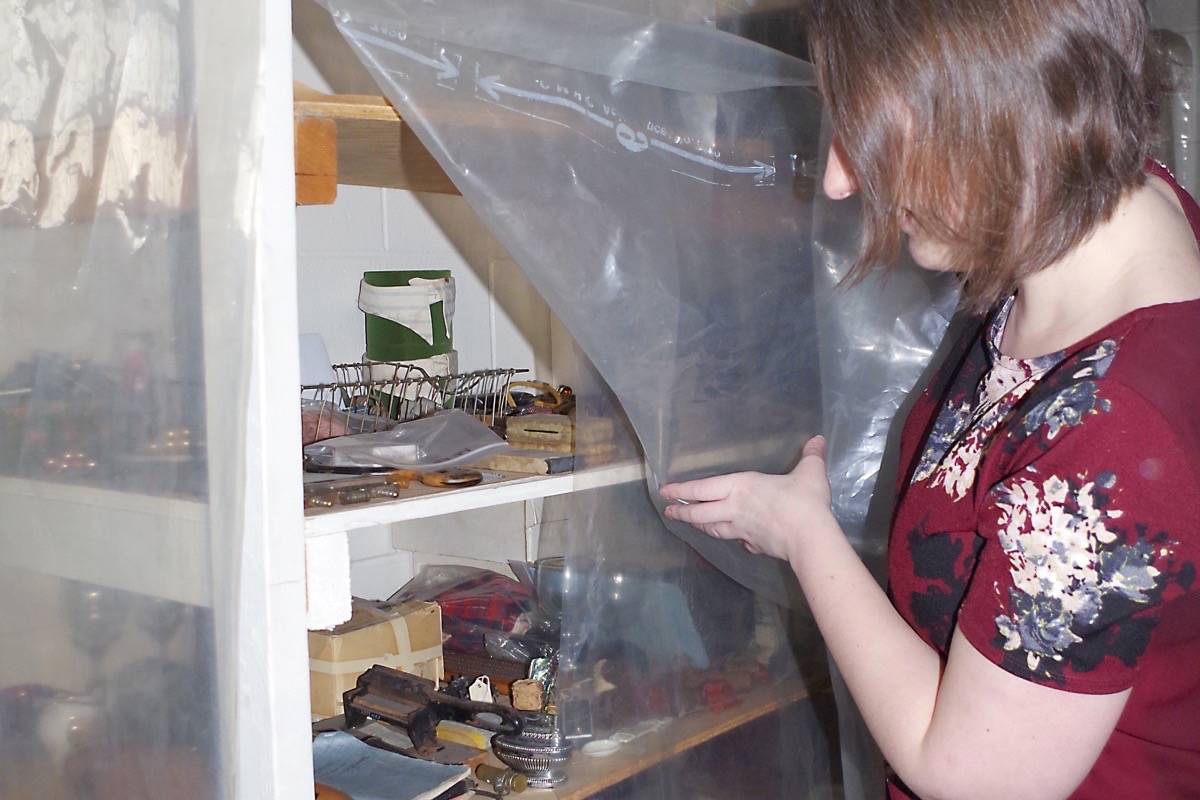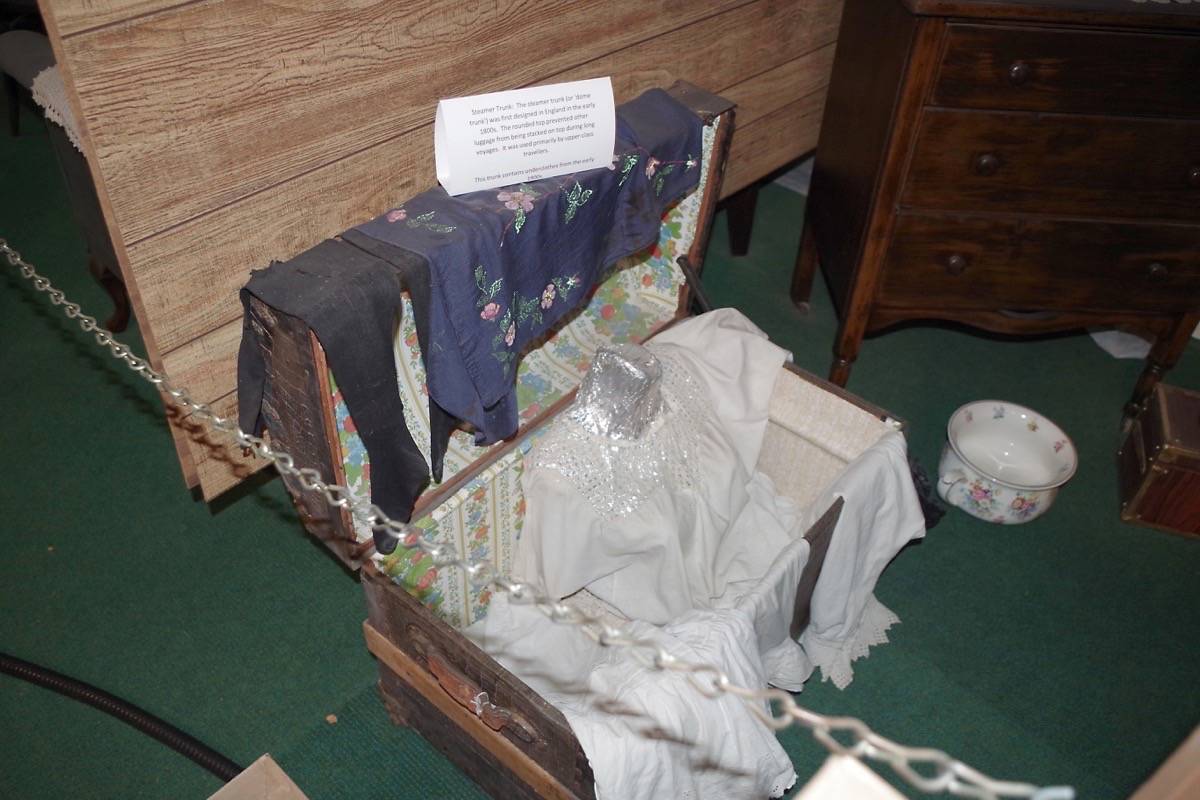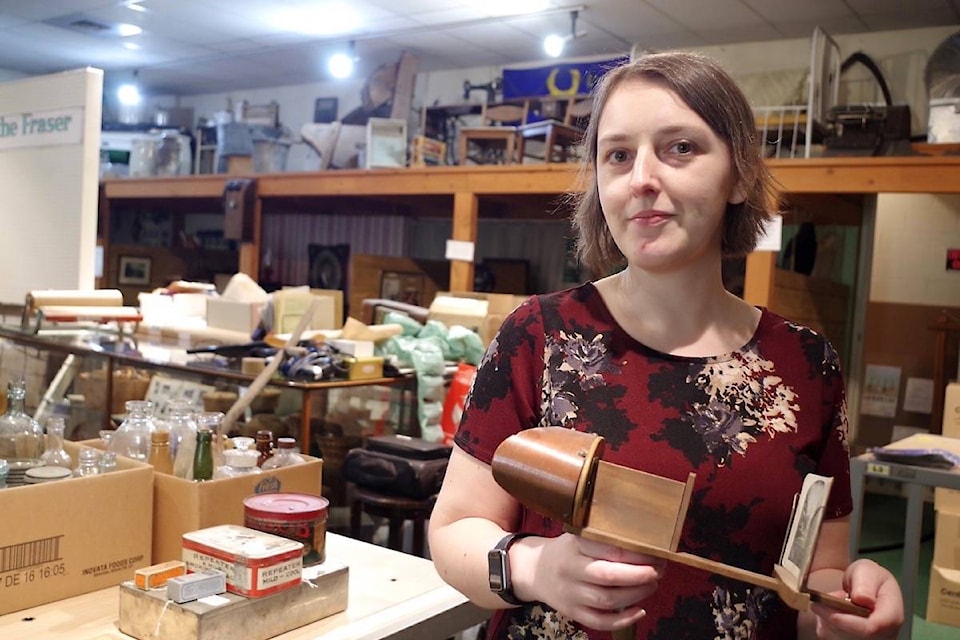Every day, Sarah Brown goes into the former Hope Museum at 919 Water Ave. looking for signs of mould, water leakage and changes in air temperature.
“This is trusted to us by the public so we want to make sure we do what we can in the situation that we’re in with this building, to make sure that everything is being taken care of,” she said.
Touching the floors for wet spots, shining a flashlight into corners for mould growth and examining paper products to see if they have changed, it’s a role the new AdvantageHOPE operations manager is used to.
Before coming here, Brown was in charge of the Sturgis Station House museum, constructed in 1918, which meant the occasional chimney leak or bug invasion. Flies were not a problem, it was the cockroaches, moths and wasps which were, Brown said. She has a background in museum studies, which has taught her what to watch out for.
“You want to catch it before it’s a problem,” Brown said, whether that be catching mould, leaks or bug infestations.
Hence the daily monitoring, which also allows her to fully examine what the Hope Museum has to offer. It is a lot for a town this size: there are more than 3,000 pieces collected since 1979, and more are being donated, although at a slower rate than before due to the closure.
The Hope Museum closed in October after mould was found under the flooring in the office and the visitor centre staff evacuated to a Britco trailer on the property. Visitor services are now run out of the trailer, the Hope Museum remains closed with no re-open date in sight.
Some items are stored in the former jail cells, as the building was an RCMP jailhouse until the early 1970s, the rest are stored in the main room, with some displays still intact.
Some items are more vulnerable than others — paper and lace fabric. “Paper is kind of the canary in the coal mine,” Brown said. “It’ll buckle if it get wet and then dries.”
A small-town museum such as the one in Hope doesn’t have the money to invest in things to monitor and balance the humidity inside. So Brown’s job becomes to monitor any changes in humidity and heat as the weather warms.
“The fluctuation is what causes the problem, so it’s going to be also checking do we need to bring a dehumidifier in as we get into summer and see what it’s like,” she said.
Mauray Toutloff, conservator at the Museum of Anthropology (MOA) at UBC, said it is crucial to keep humidity down as mould will thrive in humid environments. MOA is kept at 50 per cent humidity and is allowed to fluctuate only five per cent up or down.
Toutloff added monitoring the collections and removing any mouldy items from collections are other steps she would take if faced with the same situation.
So far, Brown hasn’t found any problems in the two rooms the museum collection is stored in.
“If there is a concern about the safety of the items, we are monitoring them and they are under care,” she said.
“Because it is a huge thing for people to trust you with their own history and their items, and when they sign things over to us we’re promising we’re going to take care of them.”
The museum is not only well-stocked, it is popular with locals and tourists alike. In addition to the usual questions about highway conditions and Rambo nostalgia, the visitor centre received 2,300 requests about the museum from interested ‘parties’ last year. A party could be a family or other group, so the number of people interested is higher.
The challenge now is how to show the collection to the public while the museum is closed.
The collection has been digitized and Brown is hoping to do an online exhibit.
It is a special year for the town and the museum, as it is 170 years since the establishment of Fort Hope. Brown wants to display among other things, Hudson’s Bay Company items in an online exhibit starting next year.
Brown also wants to collaborate with an organization or business in town, to show some of the collection off-site. This could be the library, the district or even a local business.
Brown is drafting an emergency preparedness plan, to know what to do with the collection and what items are most vulnerable should something like the mould problem happen again.
She is also working on putting together a museum committee at AdvantageHOPE, to work with her on policy around taking donations and managing collections.
laura.baziuk@bpdigital.ca
Like us on Facebook and follow us on Twitter



